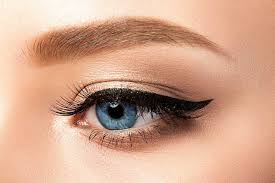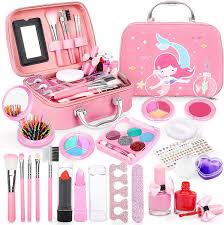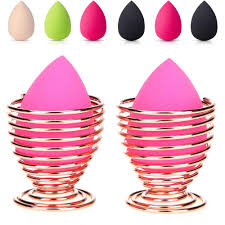Is Blusher and Highlighter Same? Best Blusher For All Skin Type No.1
Blusher and highlighter are two essential makeup products used to enhance facial features and create a polished, glowing look. While they are often used together, they serve different purposes and have distinct formulations, textures, and application techniques.
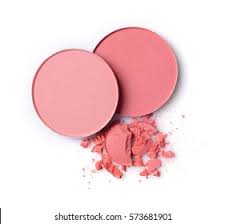
In simple terms, a blusher is a product that adds color to the cheeks, while a highlighter is a product that adds a luminous, reflective glow to the high points of the face. Blushers come in a variety of shades, ranging from soft pinks and peaches to deep berry tones, and are typically used to create a natural-looking flush on the cheeks. Highlighters, on the other hand, come in a range of finishes, from subtle sheens to intense, metallic glows, and are applied to areas like the cheekbones, brow bone, and cupid’s bow to create a radiant, dewy look.
In this article, we will explore the differences between blusher and highlighter in more detail, including their formulations, textures, application techniques, and how to choose the right products for your skin tone and type.
Formulation and Texture
Blushers and highlighters come in a range of formulations, including powders, creams, and liquids. Powders are the most popular formulation for both products, as they are easy to apply, blend seamlessly, and are long-wearing. Powder blushers come in a variety of textures, from matte to shimmer, and are usually applied with a brush.
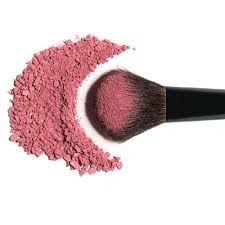
Highlighters also come in powder formulations, with finishes ranging from subtle sheens to intense, metallic glows. Powder highlighters are usually applied with a fan brush or tapered highlighting brush to the high points of the face. However, liquid and cream highlighters have become increasingly popular in recent years, as they offer a more natural, dewy finish. Liquid and cream highlighters are usually applied with a sponge or fingertips and can be mixed with foundation or moisturizer for an all-over glow.
Application Techniques
Blushers and highlighters require different application techniques to achieve their desired effect. Blusher is typically applied to the apples of the cheeks, using a fluffy brush or angled blush brush. To apply, simply smile to locate the apples of your cheeks and apply the product in a circular motion, blending outwards towards the hairline. For a more sculpted look, apply blush to the hollows of the cheeks, then blend upwards towards the temples.

Highlighter, on the other hand, is applied to the high points of the face, where the light naturally hits, to create a luminous, dewy effect. These areas include the cheekbones, brow bone, cupid’s bow, and the bridge of the nose. When applying highlighter, use a fan brush or tapered highlighting brush to lightly dust the product onto the high points of the face, blending outwards for a seamless finish.
Choosing the Right Products
Choosing the right blusher and highlighter for your skin tone and type is essential to achieving a flawless, polished look. When selecting a blusher, consider your skin tone and choose a shade that complements your natural undertones. For fair skin, opt for light pink or peach tones, while those with medium to deep skin tones should go for deeper shades of berry or coral.
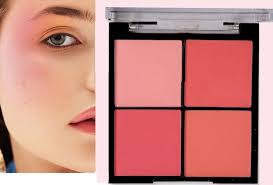
When selecting a highlighter, consider the finish you prefer and the areas you want to highlight. For a subtle, natural glow, choose a highlighter with a soft, luminous finish, and apply it to the cheekbones and brow bone. For a more intense, metallic finish, choose a highlighter with a high-shine formula and apply it to the high points of the face.
When selecting blusher and highlighter products, it is also important to consider your skin type.
Best Blusher For All Skin Type:
Choosing the best blusher for all skin types can be a daunting task, as everyone’s skin is unique and reacts differently to different products. However, there are some general guidelines you can follow to help you choose a blusher that is suitable for your skin type.
First, consider your skin tone. If you have fair skin, choose a blusher that is light pink or peachy in tone. If you have medium to deep skin tones, opt for deeper shades of berry or coral. This will help ensure that the blusher looks natural and complements your skin tone.

Next, consider your skin type. If you have oily skin, choose a powder blush that is long-wearing and has a matte finish. This will help control shine and prevent your skin from looking greasy. If you have dry skin, choose a cream or liquid blush that has a hydrating formula and will add a dewy finish to your skin.
Here are some of the best blushers for all skin types:
- NARS Blush in Orgasm – This iconic blusher is universally flattering and suits all skin tones. The peachy-pink shade has a subtle shimmer that adds a radiant glow to the skin. The powder formula is long-wearing and blends easily, making it suitable for all skin types.
- Milani Baked Blush – This affordable blusher has a silky-smooth texture and is available in a range of shades to suit all skin tones. The baked formula adds a natural-looking flush to the cheeks and is long-wearing, making it suitable for oily skin types.
- Glossier Cloud Paint – This popular cream blusher has a lightweight, gel-cream texture that blends seamlessly into the skin. The sheer, buildable formula is available in a range of shades and has a hydrating formula that is suitable for dry skin types.
- Tarte Amazonian Clay 12-Hour Blush – This long-wearing powder blusher is infused with Amazonian clay, which helps control oil and improve the texture of the skin. The formula is available in a range of shades to suit all skin tones and has a matte finish that is suitable for oily skin types.
- Fenty Beauty Cheeks Out Freestyle Cream Blush – This cream blusher has a lightweight, whipped texture that blends seamlessly into the skin. The sheer, buildable formula is available in a range of shades to suit all skin tones and has a dewy finish that is suitable for dry skin types.

Ultimately, the best blusher for you will depend on your individual preferences and skin type. Consider the formula, texture, and finish when choosing a blusher, and don’t be afraid to experiment with different shades to find the perfect match for your skin tone.

